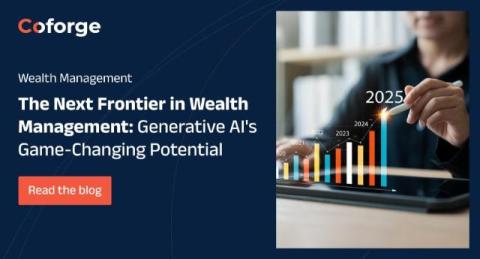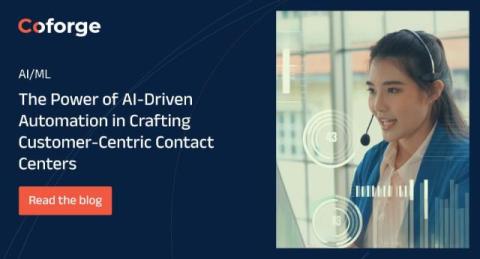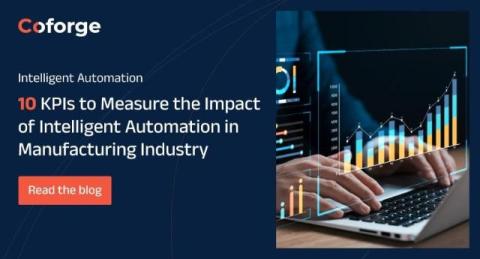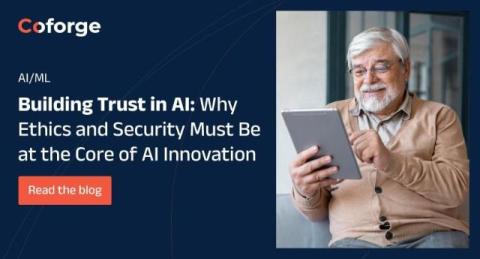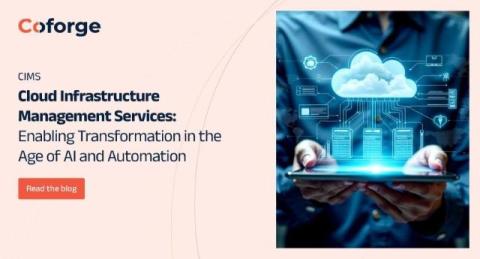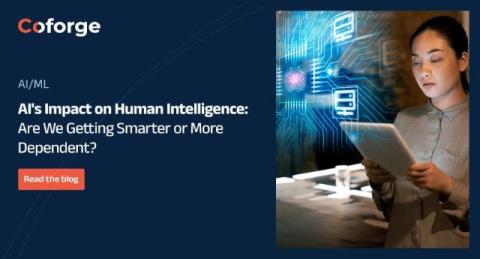The Next Frontier in Wealth Management: Generative AI's Game-Changing Potential
Thanks to technology, the wealth management industry is seeing significant advancements. Generative AI (GenAI) is emerging as a powerful tool for firms looking to innovate and create highly personalized client experiences. According to Gartner’s recent report, “How Will Generative AI Impact Wealth Management?”, this technology is set to enhance customer interactions and boost productivity across the sector.


